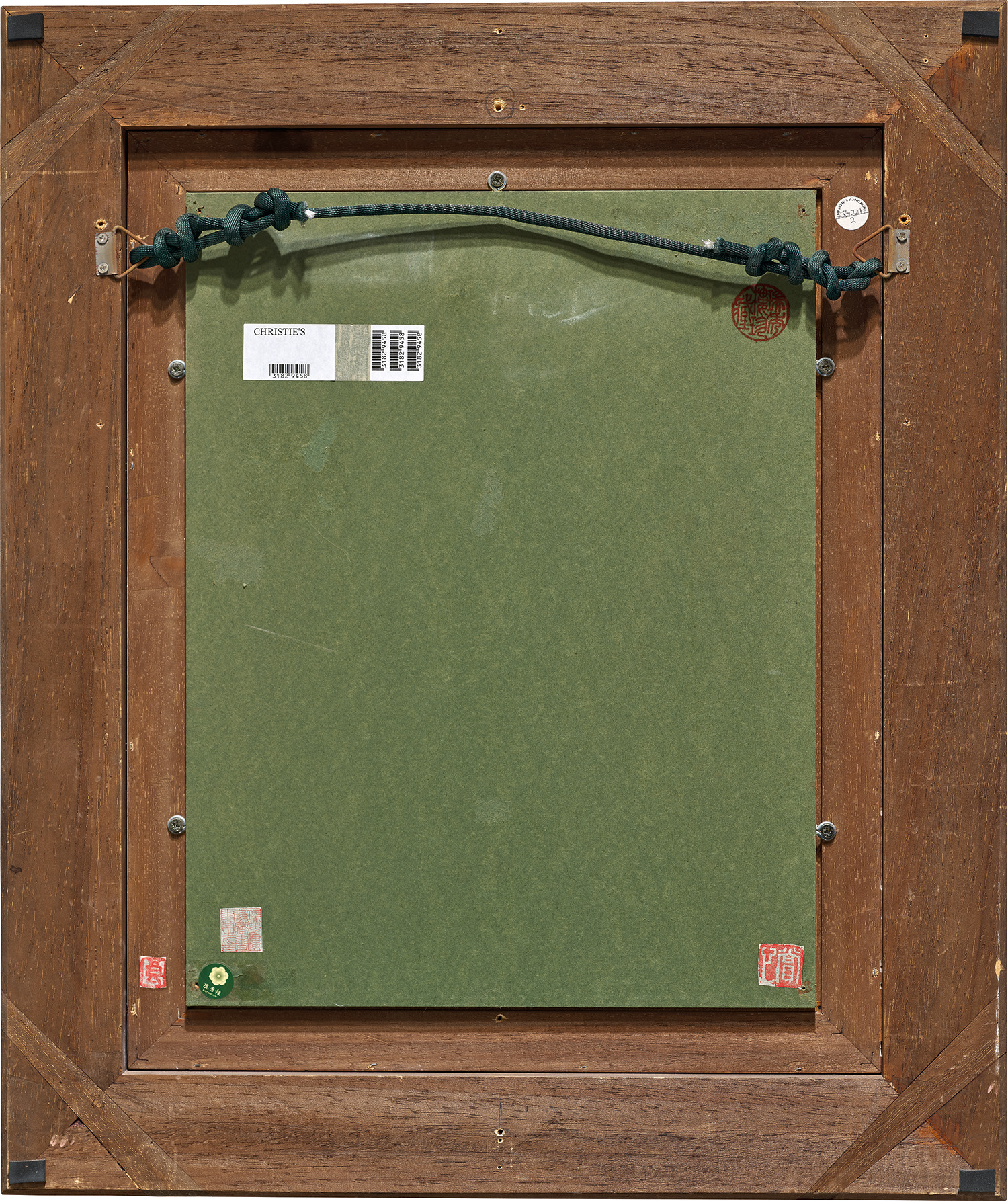





Property from the Collection of Ruey Hsiu Lou
22
Léonard-Tsuguharu Foujita
Self-Portrait with a Cat
signed and dated 'Tsuguharu [in Kanji] Foujita 1931' centre right
mixed media on silk
44.5 x 34.2 cm. (17 1/2 x 13 1/2 in.)
Executed in 1931, this work is accompanied by a certificate of authenticity issued by Sylvie Buisson.